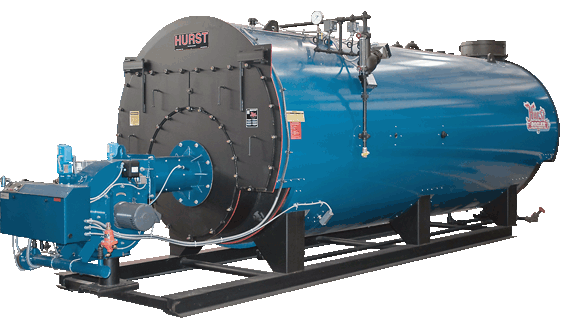Marine Steam Boilers J H Milton Pdf Download

Jan 30, 2018 - Purchase Marine Steam Boilers - 4th Edition. 1 Historical Development of the Marine Boiler. Milton Roy M. List of boiler types, by manufacturer.
Download game the amazing spiderman 2 apk. Cochran boiler Parallel tube boilers place all of their fire-tubes in a single parallel group, running from side to side of the boiler shell. The best known of these is the design.
Cochran boiler [ ] The Cochran boiler was produced by Cochran & Co. Of, Scotland. It is widely used in marine practice, either fired directly by coal or oil fuels, or else used for from the exhaust of large diesel engines.

Where such a boiler may be heated either by the exhaust gases of the main propulsion plant, or else separately fired when in port (usually by oil rather than coal) it is referred to as a composite boiler. The boiler is a cylindrical vertical water drum with a domed top. This domed shape is strong enough not to require. The is another hemispherical dome, riveted to the base to give a narrow waterspace. The fire-tubes are arranged in a single horizontal group above this, mounted between two flat vertical plates that are inset into the boiler barrel.
The first of these plates forms a shallow and is connected to the firebox by a short diagonal neck. The combustion chamber is of the 'dry back' form and is closed by a steel and firebrick plate, rather than a water jacket. The exhaust from the fire-tubes is into an external and a vertical. For maintenance access to the tubes, a manhole is provided in the hemispherical dome. A typical Cochran boiler, as illustrated, might be 15 feet (4.6 m) high and 7 feet (2.1 m) in diameter, giving a heating surface of 500 square feet (46 m 2) and a grate area of 24 square feet (2.2 m 2).
Working pressure is between 100 and 125 psi. Where composite firing is used, there are several possible arrangements for the heating gases. Most use a double-pass tube arrangement where another dry back combustion chamber routes the gases from one tube bank to return through the other. Some arrangements use a separate tube bank for the heat recovery exhaust gases or the direct firing gases, others pass the exhaust gases into the top of the (unlit) firebox. A pure heat-recovery boiler may have no firebox at all, other than a shallow domed plate for strength.
Clarke Chapman 'wet back' 'Victoria' boiler The Clarke Chapman boiler is similar to the Cochran type, with the difference that the top of the boiler shell is a shallow dome rather than a hemisphere. This dome shape is still sufficiently strong to withstand the pressure, but there is now a sharp corner between the shell and the top plate. This corner requires the support of. Clarke Chapman boilers are made in both 'dry back' (as for the Cochran) and 'wet back' forms. The wet back or 'Victoria' (illustrated) has the combustion chamber entirely surrounded by water.
This increases the heating surface and reduces lost heat, but it also makes the boiler more complex to manufacture and makes tube cleaning more difficult. Robertson 'autocar' boiler Radial horizontal tube boilers avoid the flat tubeplate of the Cochran boiler in favour of a circular firebox, a shape that better resists pressure. Unreal engine marketplace kubold rifle animset pro. They thus have their tubes arranged radially, so as to seat more easily by entering the firebox perpendicular to the plate. Robertson boiler [ ] The design by Robertson of, Lancashire, was originally used in. It was often used in similar situations to the, but has fire-tubes rather than watertubes.
It is best known from its popularity in, as a multi-tube boiler that's relatively easy to construct. The boiler consists of two concentric drums with a waterspace between them. Fire-tubes pass through this drum, arranged symmetrically around the diameter. The entire boiler is wrapped in a cylindrical smokebox. The top of the inner drum is not water-jacketed and is only closed by a steel plate. The outer drum is a parallel cylinder but the inner drum is usually stepped in three diameters: wide around the fire grate to provide the most grate area and to promote rapid boiling in its waterjacket, the central section carries the inner ends of the fire-tubes, and the upper section is narrowed to reduce the unjacketed surface area and to provide an open steam space above the waterline.